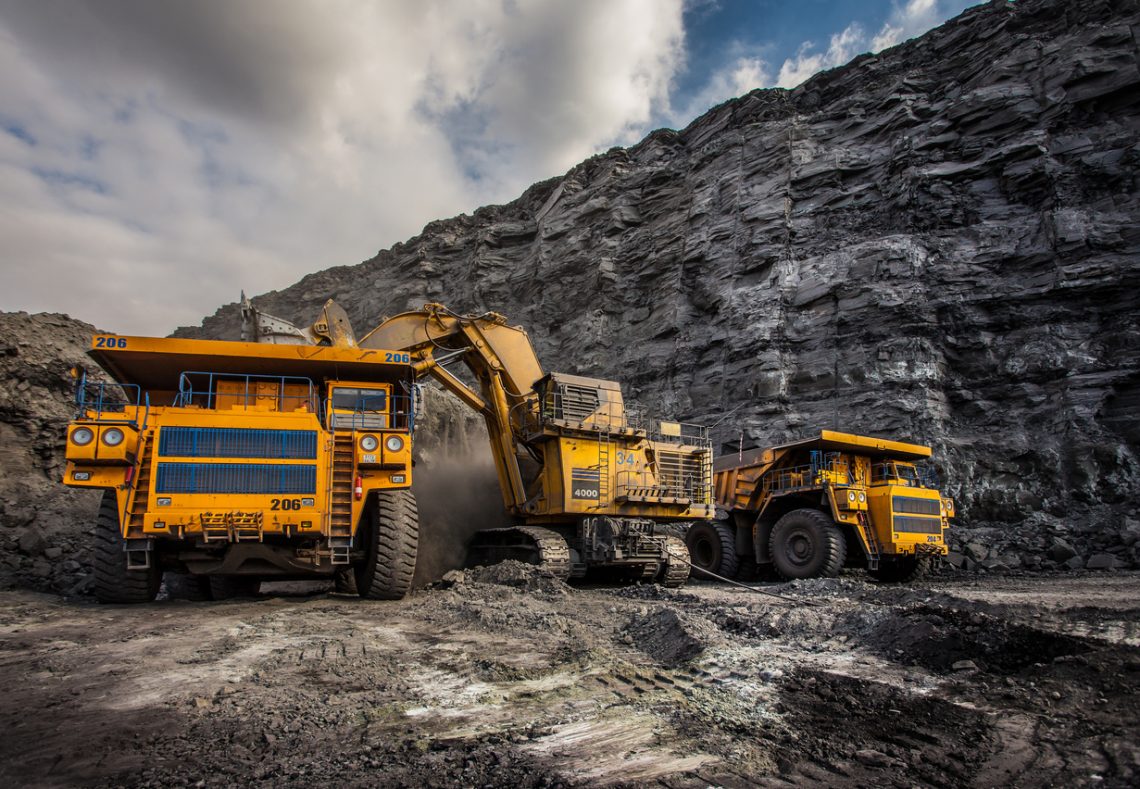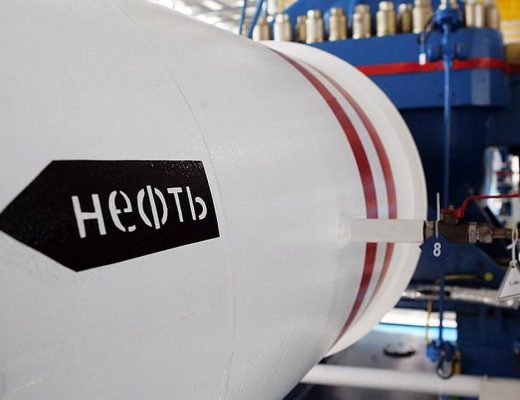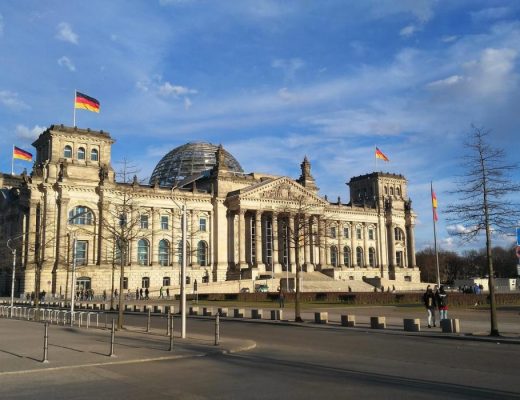Major coal consumers continue to develop the industry
At a time when many countries are trying to reduce the amount of carbon emissions in the atmosphere, the largest consumers of coal are planning to increase imports of raw materials. According to experts, the growing demand for fossil fuels from China, the U.S. and India threatens environmental initiatives.
If the volume of consumption by major importers increases, then we can forget about the progress in reducing emissions, which was achieved during the pandemic. It has become known that the U.S. wants to increase its use of coal by 16% this year and will increase by another 3% next year. India and China, which account for about 60% of global consumption, also noted that in the near future they are not going to reduce the turnover, but only to increase.
It is interesting that in 2020 China announced a new strategy that calls for a zero-neutrality by 2060. At the same time, the country remains a leader in the amount of harmful substances that pollute the air, and it consumes more coal than the rest of the world. In order to control the environmental situation, Chinese authorities have pledged to reach peak emissions only by 2030.
Despite the fact that the problem of global climate change is becoming increasingly urgent, a number of experts see opportunities in it for various countries, including Russia. On the one hand, global warming leads to melting glaciers and forest fires. On the other hand, the rising temperature in the Arctic improves passability of vessels carrying liquefied gas from Russia. At the same time, analysts promise an increase not only in the supply of Russian gas, but also coal. They claim the country will increase exports to the Asia-Pacific region to 174 million tons by 2025. This figure is 42% more than recorded last year. The demand for raw materials from the Indian basin states – India, Indonesia and others – will more than double. By 2025, the supply of Russian coal to this region could reach the level of 57.5 million tons, now this figure is 24.1 million tons. In the period from 2016 to 2020, exports of raw materials from the Russian Federation increased by 40%. Against the background of increased coal purchases by the APAC countries, the European Union has significantly reduced imports, in addition, it is also reducing its own production. Therefore, Russia focuses on supplying to Asia, where coal accounts for 47% of the total energy balance. However, a number of difficulties, including China’s restrictions on transit of raw materials, prevent Russia from increasing its supplies.
At the same time, analysts promise an increase not only in the supply of Russian gas, but also coal. They claim the country will increase exports to the Asia-Pacific region to 174 million tons by 2025. This figure is 42% more than recorded last year. The demand for raw materials from the Indian basin states – India, Indonesia and others – will more than double. By 2025, the supply of Russian coal to this region could reach the level of 57.5 million tons, now this figure is 24.1 million tons. In the period from 2016 to 2020, exports of raw materials from the Russian Federation increased by 40%. Against the background of increased coal purchases by the APAC countries, the European Union has significantly reduced imports, in addition, it is also reducing its own production. Therefore, Russia focuses on supplying to Asia, where coal accounts for 47% of the total energy balance. However, a number of difficulties, including China’s restrictions on transit of raw materials, prevent Russia from increasing its supplies.










